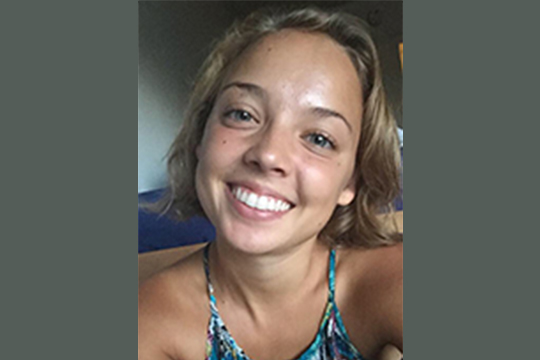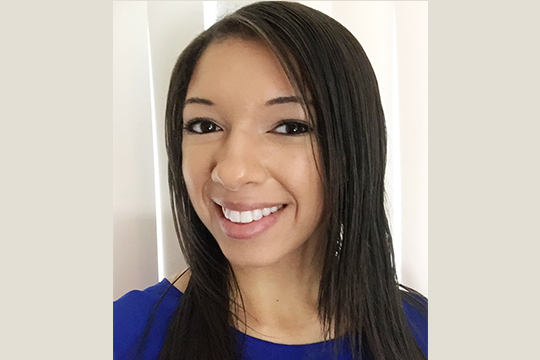Posts published in April, 2017

Returning to Guatemala
By Alicia Robinson, ’11 (International Relations)
I came to Stanford after spending most of my life living in Guatemala, where my mother worked for the United Nations. As an international relations major, my focus was on human rights and international law. As a sophomore, I obtained the Stanford Human Rights fellowship to work for UNICEF in Cairo. I was a member of the Stanford Rotaract Club, where I organized a service trip to Guatemala and also co-founded the Central American Students Association to raise awareness on campus about the socio-political realities of this region. I subsequently pursued my JD at Harvard Law School, where I continued to study human rights and post-conflict peace-building. I decided to return to Guatemala to contribute to efforts to curtail impunity, which has severely affected the country’s overall stability in recent years.

From Sequoia to Spain
By Celina Jackson, ’17 (Comparative Studies in Race and Ethnicity)
After fifth period comes to a close, I sit down with Mr. Rosario to debrief his English Support class — I volunteer there, at Sequoia High School, through the Haas Center’s High School Support Initiative. During the one hour and forty minute period I typically work with individual students, discussing their literary analyses of Richard Wright’s Black Boy and helping them pick apart the meanings of certain passages. I follow Mr. Rosario’s lead in encouraging students to find parallels between the life of the narrator – a black boy in the early 20th century south – and their own lives as mostly low-income Latinx students in the Bay Area in 2017. On the scenic drive back to Stanford along Alameda de las Pulgas, my carpool buddy and I chat about how difficult teaching is, our burning frustrations with the education system, and the inspiring moments when we connect with students or witness them realizing, “I get it.”
Over the past quarter, Mr. Rosario and his ninth graders have made my Tuesday afternoons joyful, challenging, and always energizing. The experience has been deeply rewarding for me on both a personal and a career level – I will be joining the teaching field next year on a Fulbright grant in Spain! – and I am extremely grateful for the opportunity to participate.
Celina is a student leader for the Haas Center’s High School Support Initiative, a program that allows students to work with underserved youth at local high schools.

Finding the “why”
By Charlene Chambliss, ’17 (Psychology)
As soon as I mentioned that I was a Psychology major, Maria began excitedly peppering me with questions about the cultural psychology of South Korea, a culture she had come to be fascinated with through her love of K-pop and other Korean music. Time flew as I explained what I knew about how cultural norms develop differently in different societies, and I enthusiastically introduced her to many of my favorite methods for exploring a new subject online and by getting cheap used books through Amazon. When time came for me to go back to campus, I didn’t want to leave—helping empower Maria to feed her curiosity had easily been the most fulfilling thing I’d done all week.
I noticed that many of the students I worked with at Sequoia High School seemed to be “going through the motions” of their classes, following the path that they’ve been put on without a strong sense of purpose. At their age, I had often felt the same way—I had been taught to do well because it would pay off later. These students do want help with their homework, but what they really want is a reason to get excited about learning, a reason beyond “college and a good job” that speaks to their hopes and dreams for the future, and what kind of person they want to become. These youth are impressive—independent, resourceful, and willing to work hard. They’ve got a handle on the “how.” Now, all they need is their “why.”
Charlene is a student leader for the Haas Center’s High School Support Initiative, a program that allows students to work with underserved youth at local high schools.
